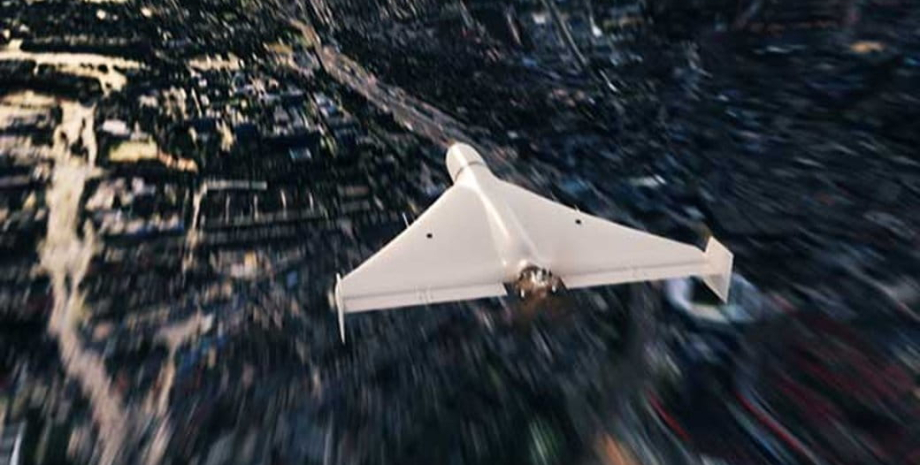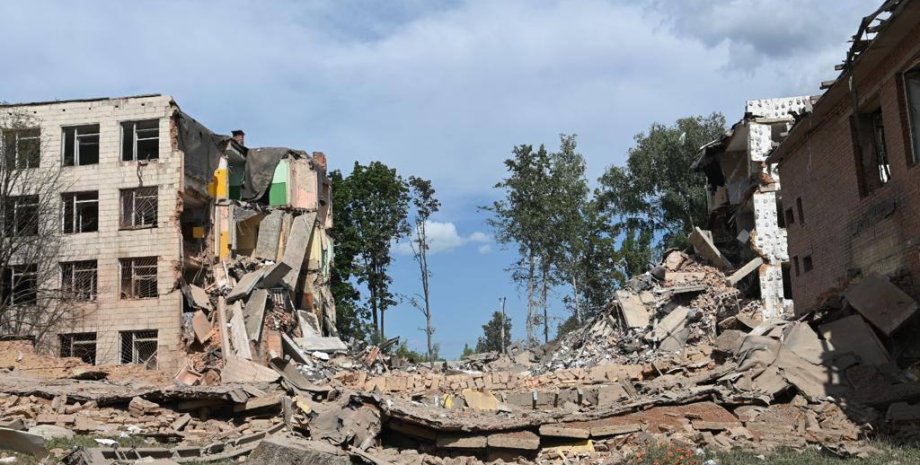
 By Natali Moss
By Natali Moss
Around 18:18, on July 3, an unknown enemy UAV entered the airspace of Kyiv region and began to circle over the city for almost 40 minutes, flying over the both shores of the Dnieper, after which he moved in the direction of Chernihiv/Brovary. Similar precedents were already observed before massive shelling of Kiev - the drone recorded the pictures and then went outside the city. This time there was no exception - on the night of July 4, Russia attacked Ukraine with drones and ballistic missiles.
The main blow came to Kyiv. Military expert Roman Svitan emphasizes that intelligence drones pose a serious threat, as their data can be used to guide high -precision weapons, including ballistic missiles. Therefore, such drones should be a priority. “As soon as the drone appears, it must be beaten. This is necessary in order to make it impossible to collect reconnaissance data and adjust the blows for purposes, ”says focus Svitan.
Even if the drone does not pose a direct threat to civilians, its work can have catastrophic consequences. “If we do not destroy the drone right away, we give the enemy a chance to accurately put our ballistic blows. It is unacceptable, ”the expert emphasizes. Intelligence UAVs often act at high altitude or at high speed, which complicates their interception, however, according to Svitan, it is not an excuse for inaction.
Commenting on situations where drones remain not destroyed, he adds: “This is a question to those who make decisions. Why don't they beaten? You need to find out at the level of management. " Among the possible reasons, he calls difficulties with coordination, technical restrictions or a difficult operational situation. Military expert Pavel Narozhny, shared his vision about the peculiarities of the work of reconnaissance drones and methods of neutralization.
According to him, reconnaissance drones have a number of characteristics that complicate their detection and destruction, but at the same time create some opportunities for effective counteraction. Intelligence drones, unlike high -speed percussion drones, fly much slower. Their speed is two to three times lower than, for example, the Shahaned drones. However, a key feature of such drones is the height of the flight.
According to the people, they usually work at a height of 3-5 kilometers, which is a serious call for most air defense systems. "Five kilometers are already a marginal height for many means of damage," he explains focus. Drones require powerful optics to collect reconnaissance data. According to the expert, a hyrostabilized optics worth about $ 25,000 is needed to see the details from a height of 4-5 kilometers.
Due to the high cost of such equipment, the enemy is often forced to reduce drones to a lower height, especially over military positions or strategic objects. "When the drone is reduced to get clearer images, it becomes more vulnerable," the Narozhny notes. It is at such moments that there is a chance to destroy them, "the expert continues.
Among the main means of counteracting intelligence drones, the People's Department is distinguished by portable anti-aircraft missile complexes (MSRC), such as "Stinger". However, according to him, anti -aircraft drones are increasingly used to combat these goals. "This is their typical goal. Due to the relatively low speed of intelligence drones, it is easier to catch up and destroy them," he emphasizes.
Anti -aircraft drones, equipped with modern guidance systems, become an effective tool in this fight, especially considering that the trajectory of flight drone flight can be predicted. The people also draws attention to the problem why in some cases intelligence drones do not knock down. This may be the absence of appropriate air defense facilities in the area of the lesion, lack of technical capabilities, or even the inability to lift the fighter for interception.
The expert emphasizes that each situation is unique, and the reasons may vary from technical to organizational. According to the intelligence drones, the intelligence drones are needed for the efficient counteraction to the intelligence drones, which combines different types of weapons and technologies. In addition to MAZRCs and anti -aircraft drones, radar systems play an important role for early detection of goals.
"We must be prepared for the fact that the opponent is constantly improving our technologies. This means that we must develop our opposition," he adds. The people also emphasize the importance of training personnel. He is convinced that only a combination of modern technologies, clear coordination and high level of preparation can provide reliable protection against intelligence drones.
Earlier, Focus wrote that Russia managed to significantly increase the number of shock drones, as well as modernize them, making suppressing and intercepting aircraft increasing. Therefore, Ukraine urgently requires mass deployment of VTOL drones capable of physically destroying enemy UAVs in the air. Recall that Russian UAV manufacturers are already discussing how to evade Ukrainian anti-aircraft drones.










All rights reserved IN-Ukraine.info - 2022